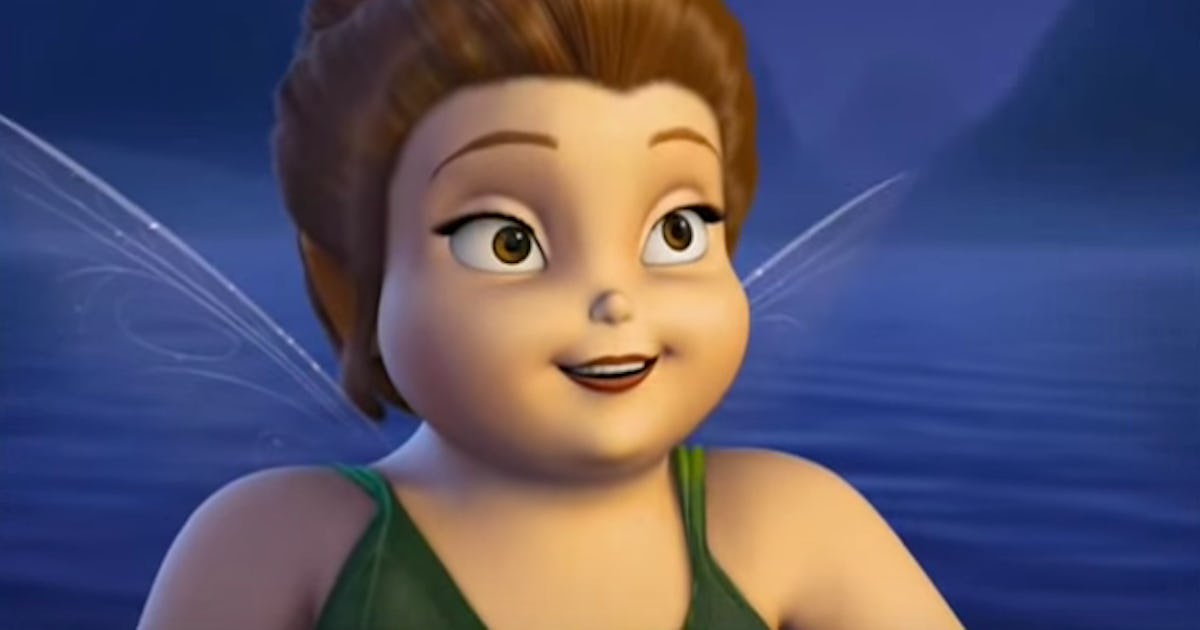Top 10+ Body-Positive Disney Characters
Has Disney truly embraced body diversity, or are its plus-size characters still confined by outdated tropes? The Mouse House has a long and complicated history with portraying larger bodies, and while some progress has been made, the conversation is far from over.
From the earliest days of animation, character design has often relied on visual shorthand. For decades, villains were frequently coded as fat, reinforcing harmful stereotypes that linked weight with laziness, greed, or malevolence. Think of Pete, Disney's oldest recurring character, whose rotund frame and antagonistic role solidified this damaging association. This pattern persisted, subtly shaping societal perceptions of weight and contributing to the "thin equals good, fat equals bad" dichotomy.
| Character | Creation Date/Film | Creators/Voice Actor | Notes | Reference |
|---|---|---|---|---|
| Pete | 1920s | Walt Disney/Various | Disney's oldest recurring character, often portrayed as an antagonist. | Wikipedia - Pete (Disney) |
| Winnie the Pooh | October 15, 1926 (literary) | A.A. Milne | While not explicitly defined by his weight, Pooh's love of food and cuddly physique contribute to a more nuanced representation. | Wikipedia - Winnie the Pooh |
| Maui | 2016 (Moana) | Ron Clements, John Musker/Dwayne Johnson | A powerful demigod whose size signifies strength and charisma, challenging traditional portrayals. | Wikipedia - Maui (Disney character) |
However, a shift has begun. Characters like Maui, the demigod from Disney's "Moana" (2016), exemplify a move towards more positive portrayals. Voiced by Dwayne "The Rock" Johnson, Mauis impressive physique conveys power and charisma, deviating from the tired trope of the lazy, gluttonous fat character. His size is an asset, not a punchline.
This evolution continued with the release of the Disney short Reflect, which follows Bianca, a young ballet dancer grappling with body image issues. The short resonated powerfully with audiences, sparking online discussions about representation and the pressure to conform to unrealistic body standards. As one Twitter user poignantly observed, 16-year-old me needed this Disney short before I quit ballet because I didnt want to be the fat girl in class anymore.
This sentiment underscores the importance of authentic representation in childrens media. For years, plus-size individuals have been relegated to the margins, portrayed as comedic sidekicks or cautionary tales. The demand for more nuanced and diverse characters, whose stories aren't solely defined by their weight, is growing louder. Another Twitter user challenged Disney directly: Now do fat characters that arent tragic and whose stories dont revolve around their weight?
Beyond Disney, other animated properties have offered glimpses of progress. "Fat Albert and the Cosby Kids," which aired from 1972 to 1985, featured a titular character who defied stereotypes. Fat Albert, while large, was athletic, confident, and a natural leader. He represented a departure from the typical "funny fat guy" trope, showcasing a different kind of representation, albeit one that now carries complex connotations due to the controversies surrounding Bill Cosby.
Even artist interpretations, like Victoria Koshelevas "Fat Disney Princess" series, contribute to the ongoing conversation. By reimagining beloved princesses with fuller figures, Kosheleva challenges conventional beauty standards and offers a fresh perspective on iconic characters. This fan-driven creativity reflects a broader cultural desire for inclusivity and a wider range of body types in popular media.
The journey towards true representation is ongoing. While Disney has taken steps forward, theres still work to be done. The industry must move beyond tokenism and embrace genuine diversity, crafting narratives that explore the full spectrum of human experience, regardless of size. The power of storytelling lies in its ability to reflect and shape our understanding of the world. Its time for that reflection to include everyone.
From the complex legacy of characters like Pete to the more nuanced portrayals of Maui and Bianca, the conversation around body image in animation is evolving. The demand for more diverse and authentic representation is clear. The challenge now is for studios to listen and create stories that truly reflect the world we live in, celebrating all shapes and sizes. This isn't just about entertainment; it's about shaping a more inclusive and accepting future for generations to come.
The discussion around representation is vital, not only within the animated world but across all forms of media. The more we see diverse bodies and hear diverse stories, the closer we get to dismantling harmful stereotypes and fostering a culture of acceptance and self-love. The journey isn't over, but the momentum is building, and the future of representation looks brighter than ever.



Detail Author:
- Name : Rubie Ward
- Email : doreilly@gmail.com
- Birthdate : 2004-05-12
- Address : 73148 Sipes Expressway North Nelleport, IA 01131-2480
- Phone : +1-805-268-7974
- Company : Armstrong-Rempel
- Job : Mathematician
- Bio : Odit non laudantium accusantium suscipit. Modi ullam rerum pariatur ea eos. Quas praesentium quas reprehenderit enim animi maiores ad modi.